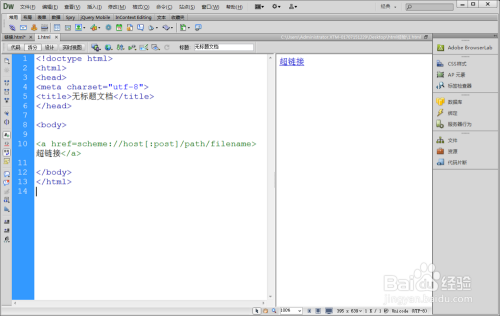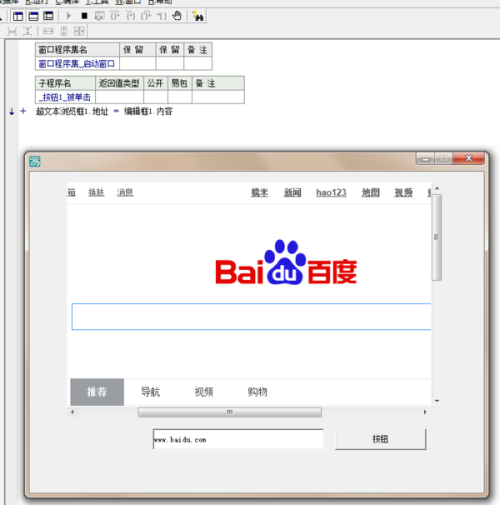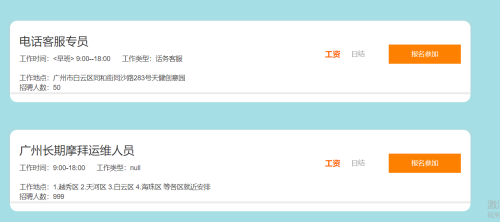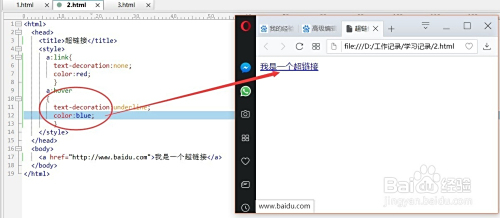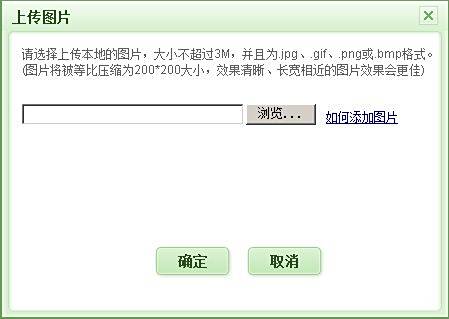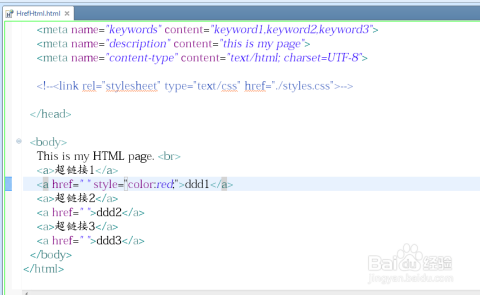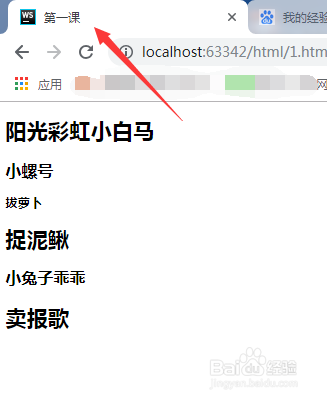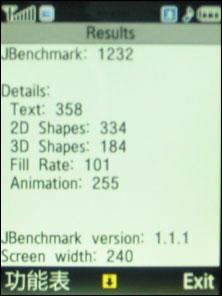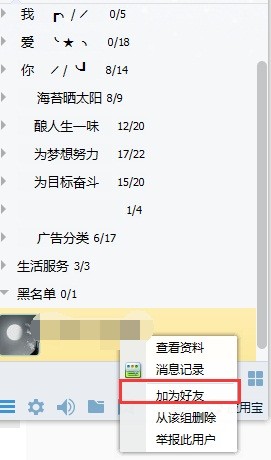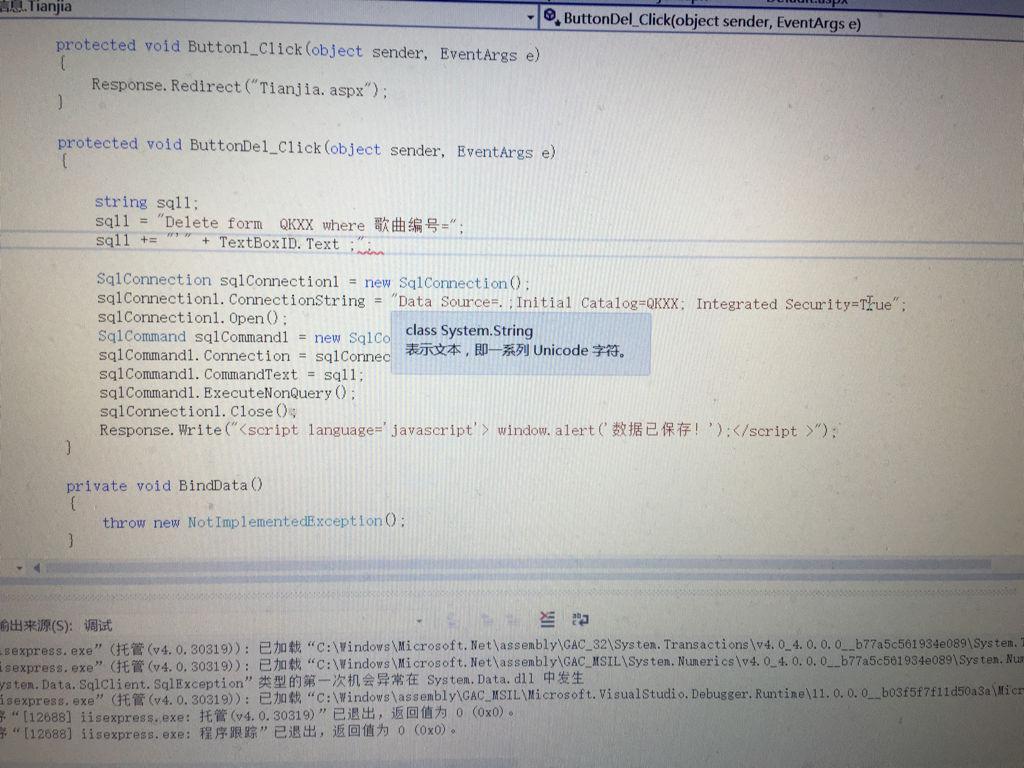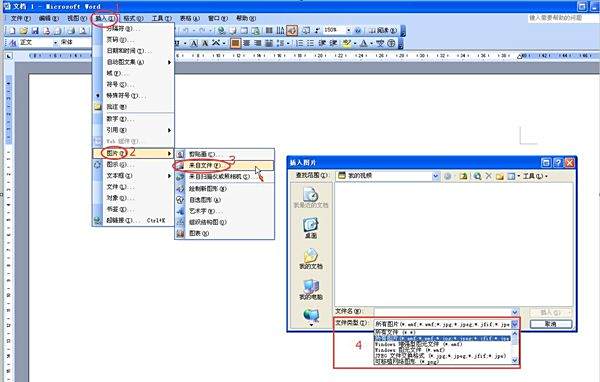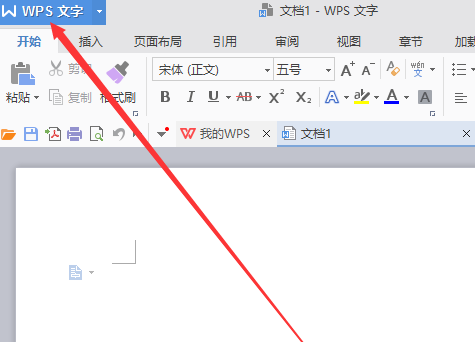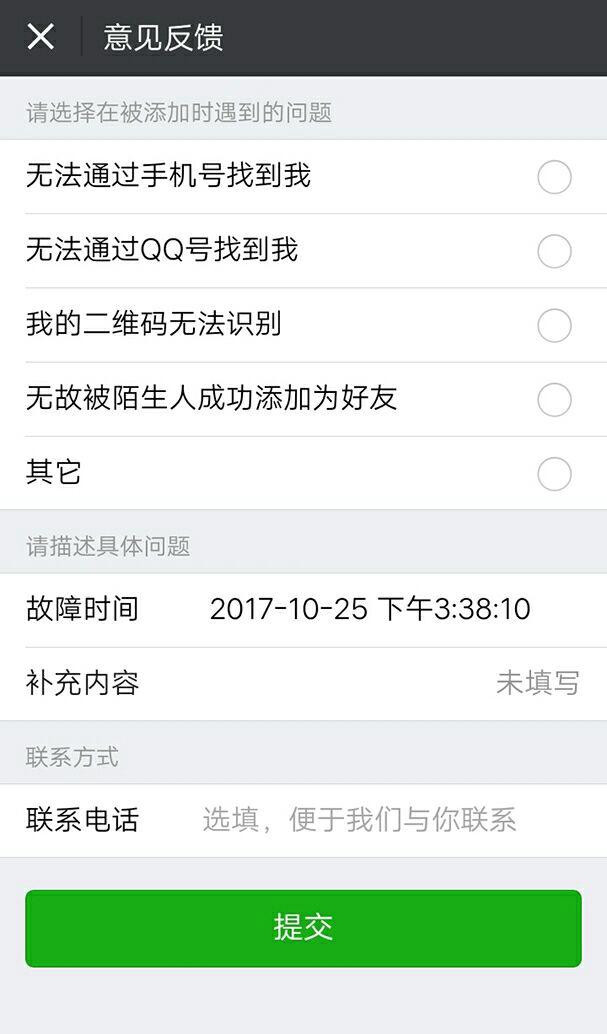上一篇
在html如何使用a
- 前端开发
- 2025-09-01
- 4
HTML中,使用`
标签创建超链接,通过href
属性指定链接目标,
在HTML中,<a>标签是一个非常重要的元素,用于创建超链接,它允许用户点击文本或图像后跳转到另一个页面、文件或锚点,以下是关于如何在HTML中使用<a>标签的详细指南:
基本语法
<a>标签的基本语法如下:
<a href="URL">链接文本</a>
- href:这是
<a>标签最重要的属性,用于指定链接的目标URL,可以是绝对路径(如https://www.example.com)或相对路径(如/about.html)。 - 链接文本:这是用户看到并点击的文本内容。
常用属性
-
target:控制链接的打开方式,常见值包括:
_self:在当前窗口或框架中打开(默认值)。_blank:在新窗口或标签页中打开。_parent:在父框架集中打开。_top:在整个窗口中打开,忽略任何框架。
提供链接的提示文本,当用户将鼠标悬停在链接上时显示,这有助于增强可访问性,<a href="https://www.example.com" title="访问示例网站">点击这里</a>
-
download:用于触发文件下载,而不是导航到目标URL,可以结合
href属性使用,<a href="file.pdf" download>下载PDF</a>
-
id:与锚点结合使用,实现页面内跳转。
<a href="#section1">跳转到第一部分</a> ... <h2 id="section1">第一部分</h2>
-
rel:定义当前文档与链接目标之间的关系,常用值包括:
noopener:在使用target="_blank"时,防止新页面获取原页面的window对象,提升安全性。stylesheet:如果链接指向样式表。
-
accesskey:为链接分配快捷键,提升无障碍访问。
<a href="https://www.example.com" accesskey="e">访问示例网站</a>
用户可以通过按下
Alt + Shift + e来激活链接。
使用场景
-
外部链接:链接到其他网站或资源。
<a href="https://www.google.com" target="_blank">访问谷歌</a>
-
内部链接:链接到同一网站内的其他页面或锚点。
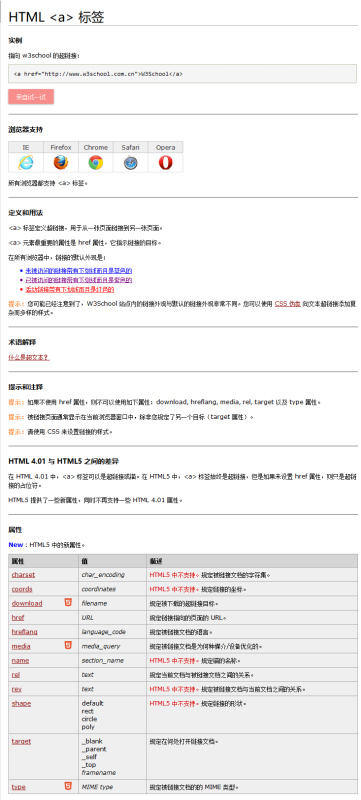
<a href="/about.html">关于我们</a> <a href="#contact">联系我们</a>
-
邮件链接:使用
mailto:协议创建电子邮件链接。<a href="mailto:info@example.com">发送邮件</a>
-
电话链接:使用
tel:协议创建电话链接。<a href="tel:+1234567890">拨打电话</a>
-
下载链接:强制浏览器下载文件,而不是导航到文件。
<a href="document.docx" download="文档.docx">下载文档</a>
示例代码
以下是一个完整的示例,展示了<a>标签的各种用法:
<!DOCTYPE html>
<html lang="zh-CN">
<head>
<meta charset="UTF-8">a标签示例</title>
</head>
<body>
<!-外部链接 -->
<a href="https://www.example.com" target="_blank" rel="noopener" title="访问示例网站">访问示例网站</a><br>
<!-内部链接 -->
<a href="about.html">关于我们</a><br>
<!-锚点链接 -->
<a href="#section1">跳转到第一部分</a><br>
<!-邮件链接 -->
<a href="mailto:info@example.com">发送邮件</a><br>
<!-电话链接 -->
<a href="tel:+1234567890">拨打电话</a><br>
<!-下载链接 -->
<a href="file.pdf" download="文档.pdf">下载PDF文档</a><br>
<!-快捷键访问 -->
<a href="https://www.example.com" accesskey="e" title="访问示例网站 (快捷键: Alt + Shift + e)">访问示例网站</a><br>
<!-图片链接 -->
<a href="https://www.example.com"><img src="logo.png" alt="示例网站Logo"></a><br>
<!-嵌套链接 -->
<a href="https://www.example.com">
<strong>访问示例网站</strong>
</a><br>
<!-多行文本链接 -->
<a href="https://www.example.com">
这是一个多行文本链接,
包含多个段落和换行符。
</a><br>
<!-表格中的链接 -->
<table border="1">
<tr>
<th>链接类型</th>
<th>示例</th>
</tr>
<tr>
<td>外部链接</td>
<td><a href="https://www.google.com" target="_blank">Google</a></td>
</tr>
<tr>
<td>内部链接</td>
<td><a href="about.html">关于我们</a></td>
</tr>
<tr>
<td>锚点链接</td>
<td><a href="#section1">跳转到第一部分</a></td>
</tr>
</table>
<!-锚点目标 -->
<h2 id="section1">第一部分</h2>
<p>这是第一部分的内容。</p>
</body>
</html>
相关问答FAQs
Q1:如何让链接在新窗口中打开?
A1:使用target="_blank"属性。
<a href="https://www.example.com" target="_blank">在新窗口中打开</a>
为了安全性,建议同时添加rel="noopener",防止新页面获取原页面的window对象。
Q2:如何创建下载链接?
A2:使用download属性,并设置href为要下载的文件路径。
<a href="file.pdf" download="文档.pdf">下载PDF文档</a>

